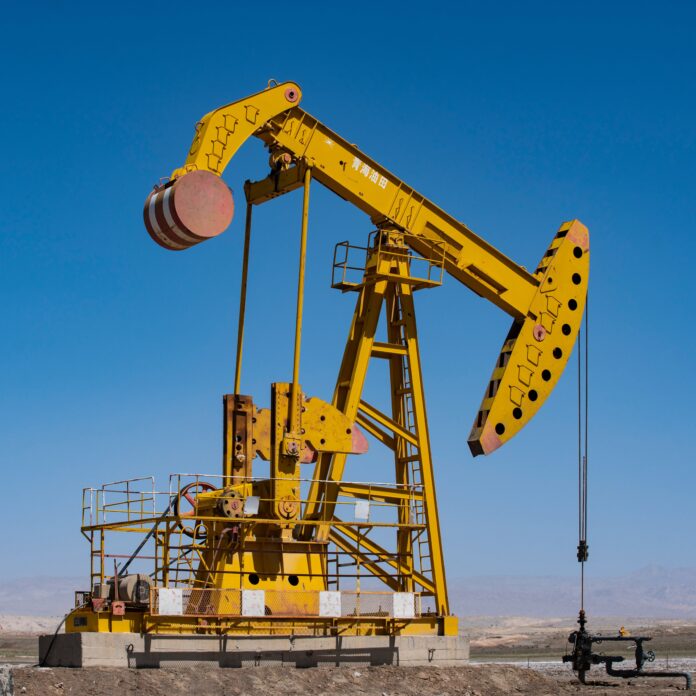In the oilfield, pressure vessels are a critical part of the equipment used to extract and process crude oil. Pressure vessels come in a variety of shapes and sizes, and selecting the right one for your needs is crucial to ensuring safe and efficient operation.
By understanding the options available, you can make sure that you select the best pressure vessel for your oilfield equipment.
What is a pressure vessel and what is its purpose in oilfield equipment
A pressure vessel is an integral part of oilfield equipment, designed to store and contain gases or liquids at a pressure that is higher than the surrounding atmosphere.
Extracting high-pressure gas or fluids from deep within the Earth’s crust requires robust, reliable pressure vessels that are fit for purpose and adhere to stringent safety regulations.
In selecting pressurized tanks for oil drilling operations, different levels of evaluation need to be conducted on material construction, structural integrity, operating temperature, and pressure range.
Pressure vessels must possess a hermetic seal to ensure efficiency and minimize any potential risk from hazardous materials stored within. A comprehensive inspection checklist is required for any decision makers who require the highest level of reliability from their oilfield systems.
Different types of pressure vessels available on the market
Pressure vessels are an important component of oilfield equipment, and selecting the best type for a particular purpose can be a complicated endeavor. There are several different varieties to choose from, ranging from low pressure tanks to ASME pressure vessels.
Each vessel has its own unique characteristics and benefits that make it suitable for certain applications, so it’s important to identify the right type based on operational requirements. Taking into account factors such as size, design features, and materials of construction may help when making a decision. By understanding the various types available and their key differences, operators can make a well-informed choice when selecting pressure vessels for their oilfield equipment.
Factors to consider when selecting pressure vessels for oilfield equipment
Selecting the right pressure vessels for oilfield equipment is a critical component for ensuring safety and ensuring desired performance. There are a variety of factors to take into consideration when making this important decision, such as the materials of construction, operating conditions, size and shape of the vessel, size and type of internals or attachments, design codes used, fluid or gas handling capacity, and internal working clearances. Additionally, industry regulations must be adhered to in order to keep all personnel involved safe. Taking all of these considerations into account can help make sure that the pressure vessels chosen for oilfield equipment are suitable for the conditions they will face during operation.
Benefits of using pressure vessels in oilfield equipment
Pressure vessels play a vital role in oilfield equipment. They provide a safe and reliable environment for the rapid processing of oil and gas resources while also reducing the cost of engineering, installation, and maintenance. Pressure vessels are designed to withstand the harsh pressures and temperatures found in many drilling environments and can resist any internal or external forces that may be present.
Additionally, they offer superior corrosion resistance, are inexpensive compared to traditional materials, help reduce energy costs, and can be customized with various materials to suit any field application. Pressure vessels not only reduce total costs associated with purchasing separate components but also provide superior levels of safety as they contain numerous features that minimize risk while maximizing process efficiency.
How to properly maintain pressure vessels to prolong their lifespan
Keeping pressure vessels in good working order is essential for ensuring public safety and prolonging their lifespan. Regular maintenance and inspections are key to maintaining pressure vessels, particularly JCB parts for sale in New Mexico. This includes visually inspecting all parts of the vessel, checking jcb components for signs of wear or corrosion, performing non-destructive testing to detect any defects that may have gone undetected during the visual inspection, regularly replacing filters and seals, and conducting pressure tests whenever necessary.
Additionally, a good operating plan should be followed to ensure safe and accurate operation of compression equipment. Following these steps will ensure components last as long as possible and can help keep operations running smoothly.
Pressure vessels are an integral part of oilfield equipment and play a vital role in the smooth functioning of operations. It is important to select the right type of pressure vessel for your specific needs and to factor in all relevant considerations when making your decision. Additionally, proper maintenance of pressure vessels is essential to ensuring their longevity. By following these tips, you can be sure that you will make the best possible choice for your pressure vessel needs.
























